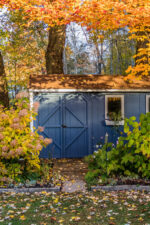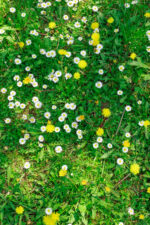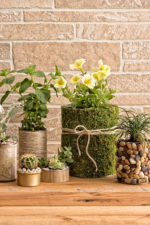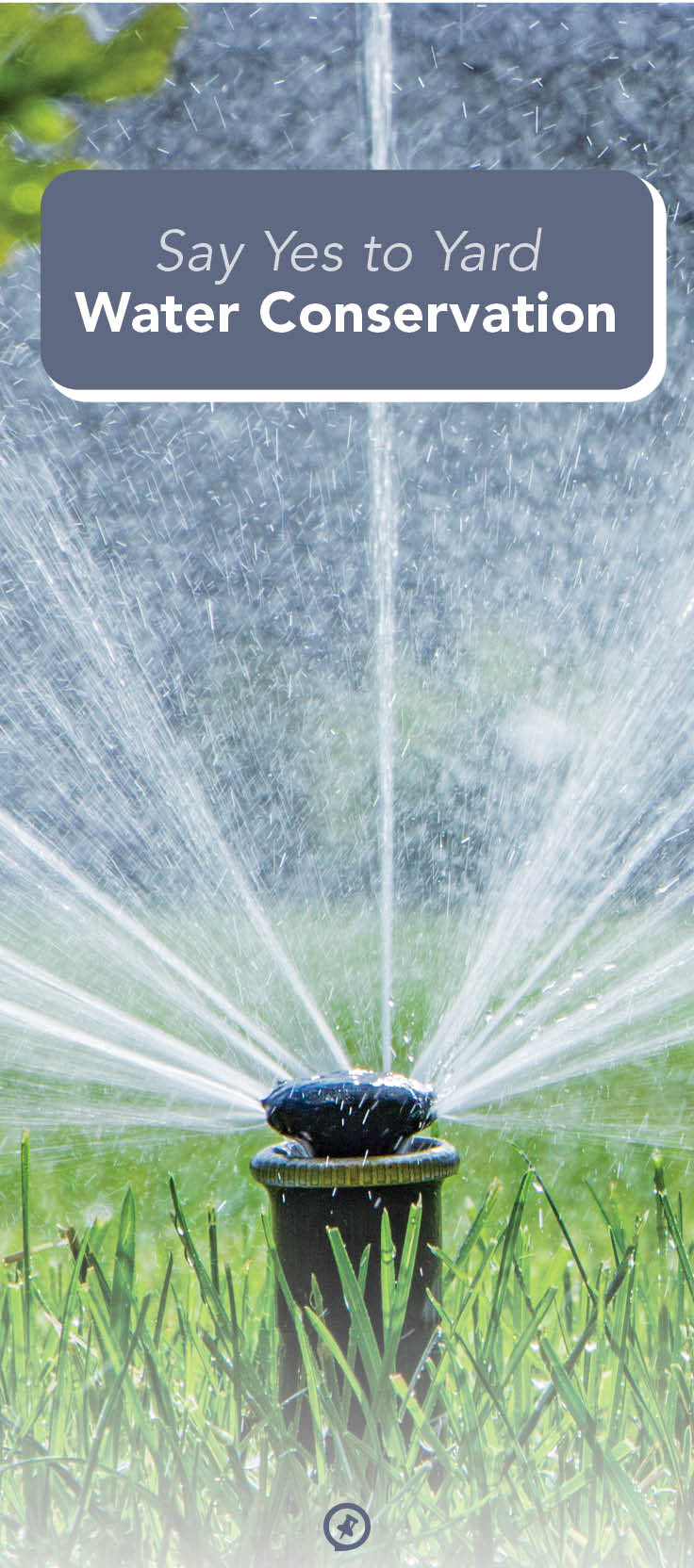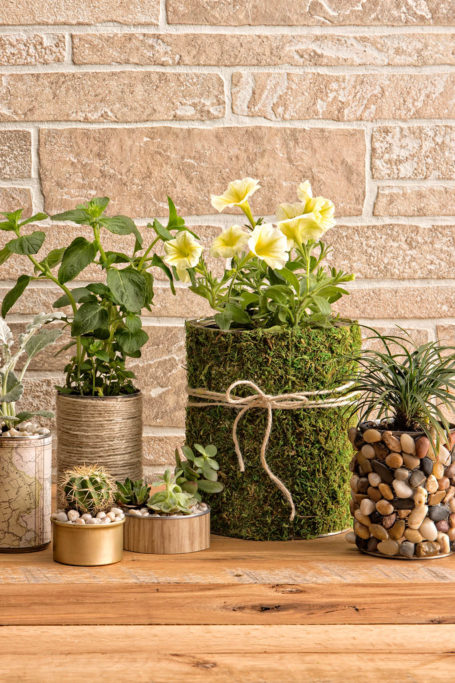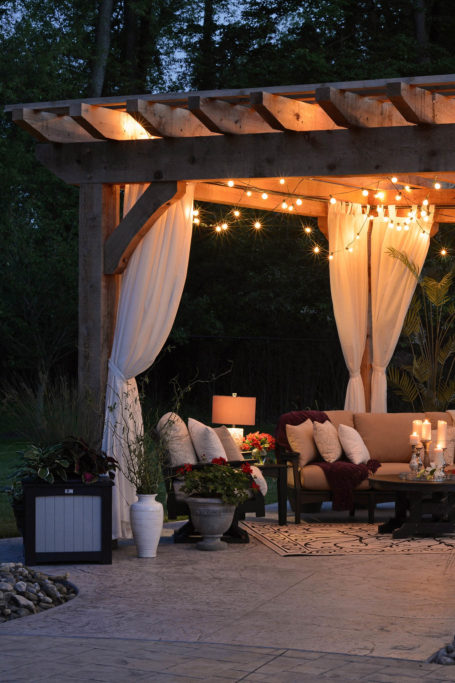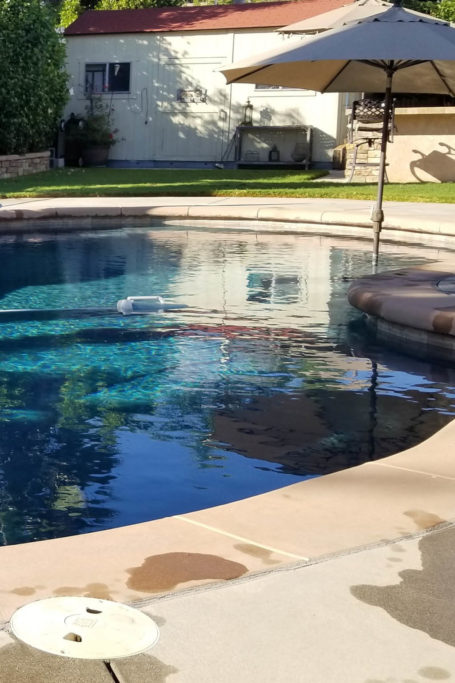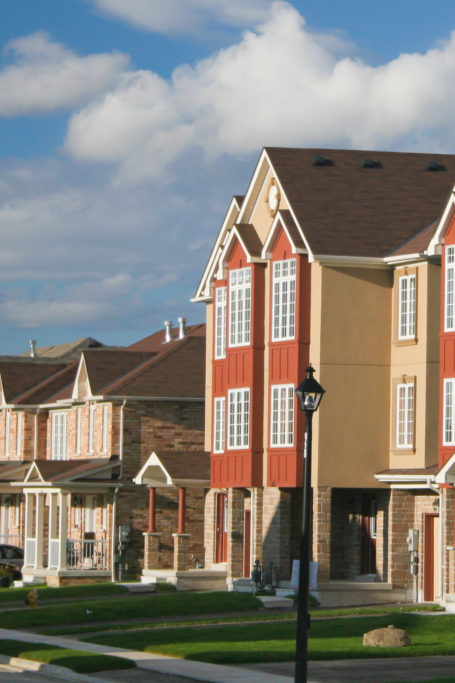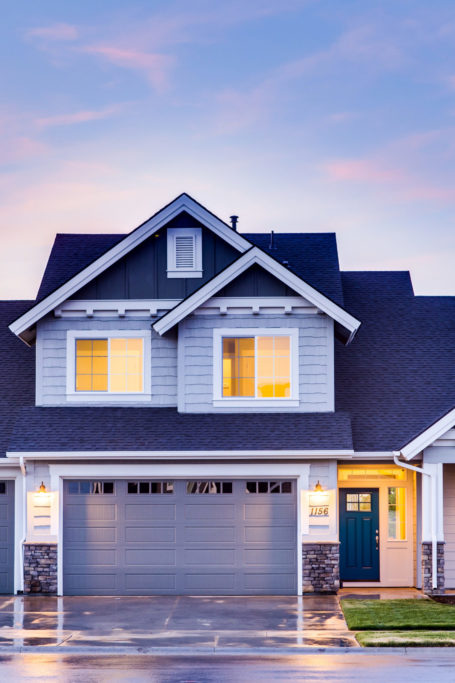Say Yes to Yard Water Conservation
During summertime, increasing temperatures and decreasing rainfall can leave you scrambling to save your lawn, garden, and water bill.
Unfortunately, we’re often our own worst enemy when it comes to water conservation. The Environmental Protection Agency estimates that homeowners normally use 30–60 percent of their water outdoors—and that half of that water is wasted because of inefficiency. Using water wisely is especially critical in drought zones, so if you live in such an area, be sure to follow your municipality’s conservation suggestions.
No matter where you are, though, if you take steps to conserve water outside, it can benefit your yard and the planet.
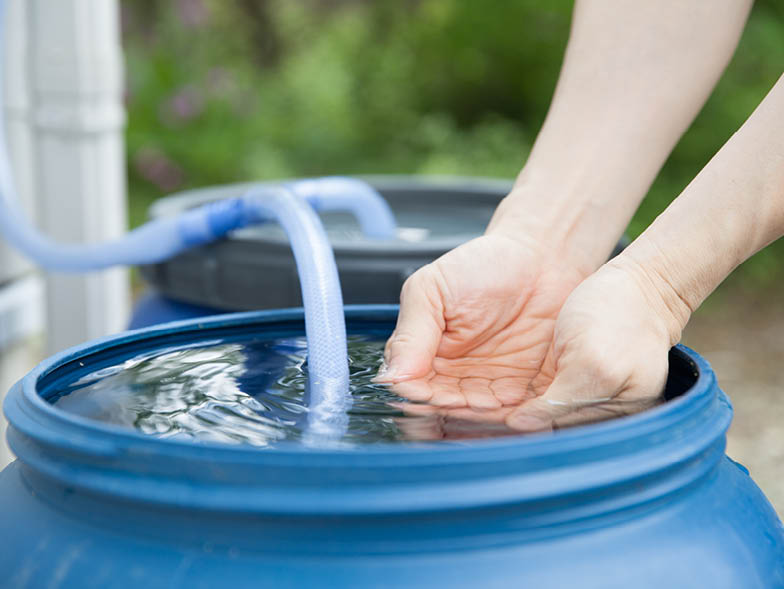
Be knowledgeable and intentional
Your climate will affect how you conserve water, so get to know your yard and your geographic area to care for your lawn exactly as it needs to be. And if you do everything with a purpose rather than haphazardly, your water conservation can improve dramatically. Here are some tips to help maximize your efforts:
Know your outdoor space, and plan accordingly. Every area is different, and every yard in that area may be different. For example, if your backyard is mostly shaded by trees, it likely needs less watering because it gets less sun.
Be sprinkler smart. Water your lawn in the morning to prevent rapid evaporation. Also, don’t be that neighbor: the one whose sprinkler fans over not only their lawn but also the sidewalk and street, which is wasteful. And try to use one with a WaterSense controller, an EPA-backed device that calibrates exactly how much water you should use for maximum efficiency.
Minimize hose usage. Is your dirty driveway bothering you? Then grab a broom rather than your hose to clean it off. Plus, taking your car to a car wash rather than cleaning it yourself will use approximately 55–80 percent less water. Finally, check for any cracks or leaks in your hose and sprinkler, which can rob you of water every time they’re used.
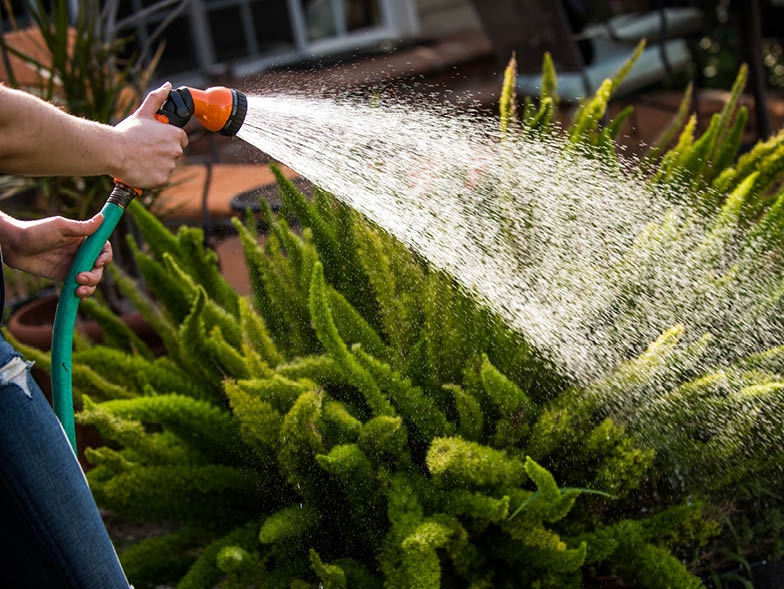
Know the highs and lows. Keeping your grass higher will allow it to slow down evaporation and absorb more water, as will watering plants at the roots rather than at the leaves.
Go the drought-tolerant route. Consider updating your lawn with water-preserving grass such as Bermuda, zoysia, or St. Augustine and plants such as lavender and purple coneflower.
Recycle runoff. Use rain barrels to collect and reuse water draining from your roof; just check to make sure they’re legal in your area. In addition, consider establishing a rain garden, an intentionally placed collection of native plants that absorbs runoff like a sponge.
For more info, visit epa.gov/watersense


